- Call us: 01444 237070
- Contact Us
- Stores
- Sign In / Register
-
- Back
- Used Cameras
- Used Accessories
- Used Lenses
- Used Video
- Used Film Equipment
- Used Stock Alert
- Used Blank Test
- Sell or Part Exchange
- Used Clearance
- Recently Added Used Equipment
- Park Picks
- All Used Black Friday Deals
- Faulty
- Trade-In
- Blog
- New in
- Call us
- Contact us
- Stores
- Sign in
- Categories
- Tips & Inspiration
- Reviews
- News
- Events
- Features
- Buying Guides
- Competitions
Canon R6 Mark III Review
It has been almost exactly three years to the day since the Canon EOS R6 Mark II launched, and the next-generation Canon EOS R6 Mark III arrives as the latest version of the highly popular full-frame hybrid mirrorless all-rounder.
Is The Canon R6 III The BEST Camera of 2025? Hands-on Video Review by Gareth
This model builds on one of the brand’s most popular mirrorless EOS R cameras, which is aimed at hybrid creators who shoot both photo and video content, whether for fun or for clients.
This generation includes numerous updated features that set it apart from the previous model, which we cover in our Canon R6 Mark III review. Updates revolve around a brand new higher-resolution sensor, upgraded video, and more advanced autofocus, which is inherited from the EOS R5 Mark II, with which it has a lot in common.
It is also just the second Canon camera ever to offer Open Gate recording, providing the flexibility to reframe footage in post for multiple aspect ratios, all from a single take. The R6 III offers significant upgrades and integrates several features found in Canon’s professional line-up.
With a body-only and several lens kits, this promises to appeal to enthusiasts and professionals who want some of the best hybrid technology in a compact, refined body. So whether you’re here for the specs comparison, sample images or Gareth’s video, join us as we explore the Canon R6 Mark III release date, kit options and prices next.
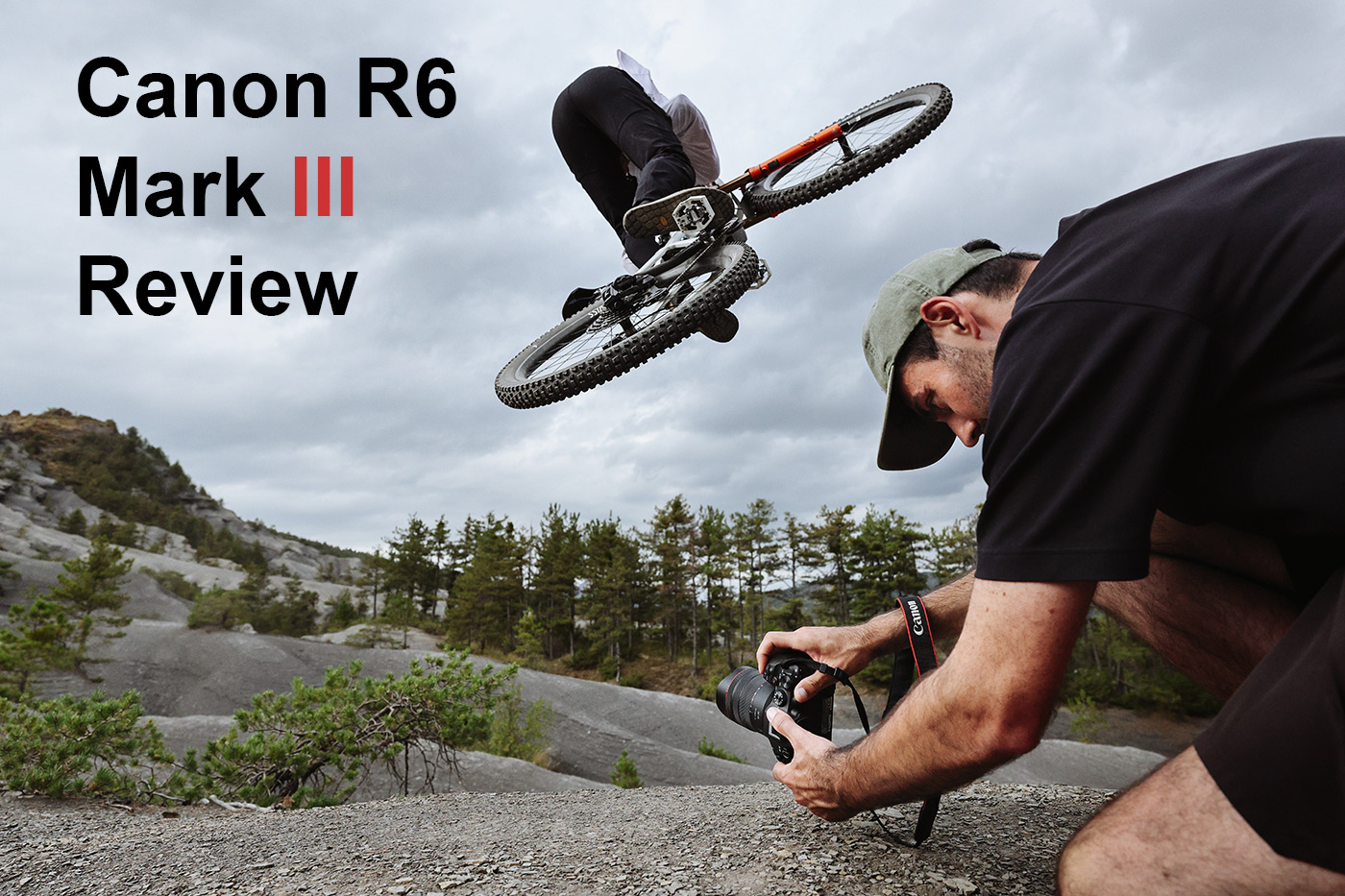
R6 Mark III release date, lens kits and price
The Canon EOS R6 Mark III release date was 6 November 2025, and it can be purchased as body-only or with three lens kits to suit different needs and budgets. It was joined by a brand new 45mm f/1.2 prime lens, which we also explore in this review.
Prices at launch are:
- Canon EOS R6 Mark III price for body only £2,799.00
- Canon EOS R6 Mark III with RF 24-105mm f/4-7.1 Lens Kit £3,149.00
- Canon EOS R6 Mark III with RF 24-105mm f/4 L Lens Kit £3,899.00
- Canon EOS R6 Mark III with RF 45mm f/1.2 STM Lens Kit £3,249.00
- Canon RF 45mm f/1.2 STM Lens
Next let’s discover what’s new in this workhorse camera.

What’s New in the Canon EOS R6 Mark III
Since the previous generation, Canon has been busy refining this popular hybrid R6 series all-rounder. While the body design remains the same, there’s a long list of internal upgrades that improve resolution, tracking and connectivity.
New and important features in the EOS R6 Mark III include:
- A newly developed 32.5-megapixel full-frame CMOS sensor
- Larger buffer for up to 150 RAW frames
- The latest Dual Pixel CMOS AF II from the R5 Mark II
- Subject tracking for people, animals, birds, vehicles and aircraft
- Open Gate recording, which is a first for the EOS R mirrorless range
- Video formats include 7K 30p RAW, oversampled 4K video up to 60p, 4K 120p and Full HD 2K up to 180p
- Upgraded dual card slots with 1x CFexpress Type B and 1x SD UHS-II
- Enhanced IBIS with up to 8.5 stops
These updates highlight not just what’s new and improved, but also how well-rounded the previous generation was, with excellent ergonomics and a control layout that has largely remained the same for this model.
The new high-resolution sensor and refined autofocus system are the primary reasons for upgrading, with Open Gate recording and the other improvements being icing on the cake for this third generation.
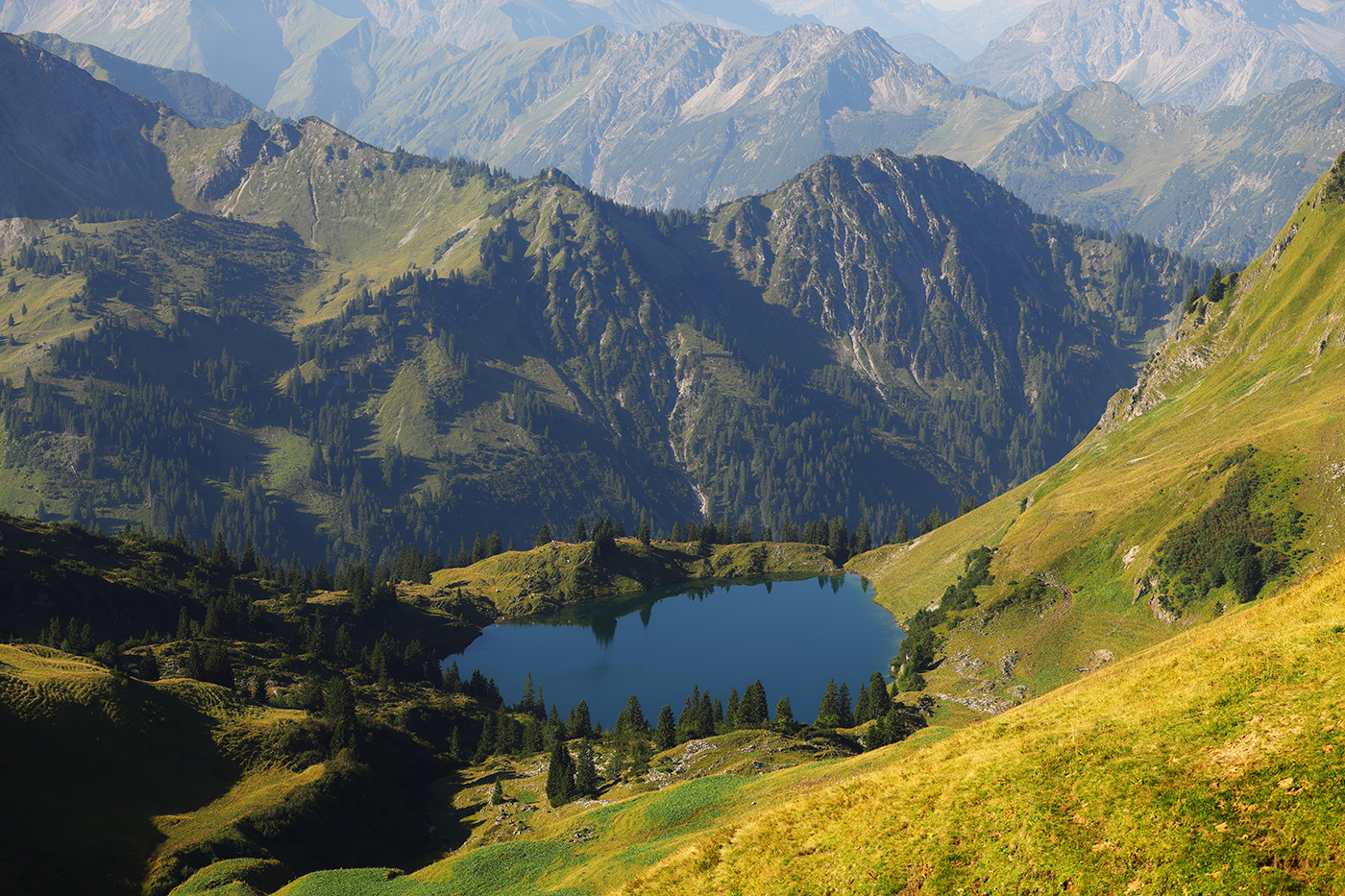
Sample image no EXIF data
Canon EOS R6 Mark III vs R6 Mark II Specs Comparison
Our comparison table highlights the most important differences between the Canon EOS R6 Mark III vs R6 Mark II, as well as the R5 Mark II for those considering that as an option.
|
|
R6 Mark III (new) |
R6 Mark II |
|
|
Launch date |
November 2025 |
November 2022 |
July 2024 |
|
Sensor type |
Full-frame CMOS |
Full-frame CMOS |
Full-frame CMOS |
|
Effective resolution |
32.5 megapixels |
24.2 megapixels |
45 megapixels |
|
Image processor |
DIGIC X |
DIGIC X |
Dual DIGIC X |
|
ISO range (native) |
100-64,000 |
100-102,400 |
100-51,200 |
|
Autofocus system |
Dual Pixel CMOS AF II with the latest algorithm |
Dual Pixel CMOS AF II |
Dual Pixel CMOS AF II with the latest algorithm |
|
Subject detection |
Human, Animal, Vehicle, Register People Priority |
Human (Eye, Face, Head, Body), Animal, Vehicle |
Human, Animal, Vehicle, Register People Priority, Action Priority |
|
AF sensitivity |
-6.5EV (with f/1.2 lens) |
-6.5EV (with f/1.2 lens) |
-7EV (with f/1.2 lens) |
|
In-body stabilisation |
Up to 8.5 stops |
Up to 8.0 stops |
Up to 8.5 stops |
|
Continuous shooting |
12fps using Mechanical Shutter, 40fps using Electronic Shutter with pre-continuous shooting using Electronic Shutter, all with Servo AF Pre-continuous shooting 20 individual (RAW, HEIF, JPEG) frames before the shutter was pressed with full AF, AE and tracking. |
12fps using Mechanical Shutter, 40fps using Electronic Shutter, special 30fps RAW burst mode with pre-continuous shooting using Electronic Shutter all with Servo AF |
12fps using Mechanical Shutter, 30fps using Electronic Shutter with pre-continuous shooting using Electronic Shutter, all with Servo AF Pre-continuous shooting 15 frames before the shutter was pressed with full AF, AE and tracking. |
|
RAW burst buffer |
Approx. 150 frames |
Approx. 75 frames |
Approx. 230 frames |
|
Video resolutions |
|
|
DCI 8K RAW up to 59.94/50fps 4K up to 120fps 2K up to 240fps Full HD up to 240fps 8K ProRes RAW externally via HDMI |
|
Profiles |
Canon Log 2, 3, HDR PQ & Canon 709 Time-lapse up to 4K 30fps |
Canon Log 3 & HDR PQ |
Canon Log 2, 3, HDR PQ & Canon 709 Time-lapse up to 8K 30fps |
|
Open Gate support |
Yes |
No |
Yes |
|
Rear LCD monitor |
3 inch 1.62 Million Dot LCD |
3 inch 1.62 Million Dot LCD |
3.15 inch 2.1 Million Dot LCD |
|
Viewfinder |
0.5-type 3.69 Million Dot OLED up to 120fps |
0.5-type 3.69 Million Dot OLED up to 120fps |
0.5-type 5.76 Million Dot OLED Up to 120fps |
|
Memory card slots |
1x CFexpress Type B + 1x SD UHS-II |
Dual SD UHS-II |
1x CFexpress Type B + 1x SD UHS-II |
|
Connectivity |
5 Ghz and 2.4 Ghz Wi-Fi Bluetooth 5.1 / USB 3.2 Type C 3.5mm Mic and Headphone Input HDMI Type A Out |
5 Ghz and 2.4 Ghz Wi-Fi Bluetooth 5.0 / USB 3.2 Type C 3.5mm Mic and Headphone Input HDMI Micro Type D Out |
6 Ghz / 5 Ghz / 2.4 Ghz Wi-Fi / Bluetooth 5.3 USB 3.2 Gen 2 Type C / 3.5mm Mic and Headphone Input HDMI Type A Out |
|
Battery type |
LP-E6P |
LP-E6N, LP-E6NH |
LP-E6P |
|
Battery Life |
|
|
|
|
Dimensions (W×H×D) |
138.4 x 98.4 x 88.4 mm |
138.4 x 98.4 x 88.4 mm |
138.5 x 101.2 x 93.5 mm |
|
Weight (with a memory card and battery) |
Approx. 699 g |
Approx. 670 g |
Approx. 746 g |
|
RRP |
£2,799.00 |
£2,199.00 |
£4,499.00 |
Although the R5 Mark II offers some key advantages, unless these are of particular importance to you, it’s clear that the R6 Mark III is a great alternative at a very attractive price.
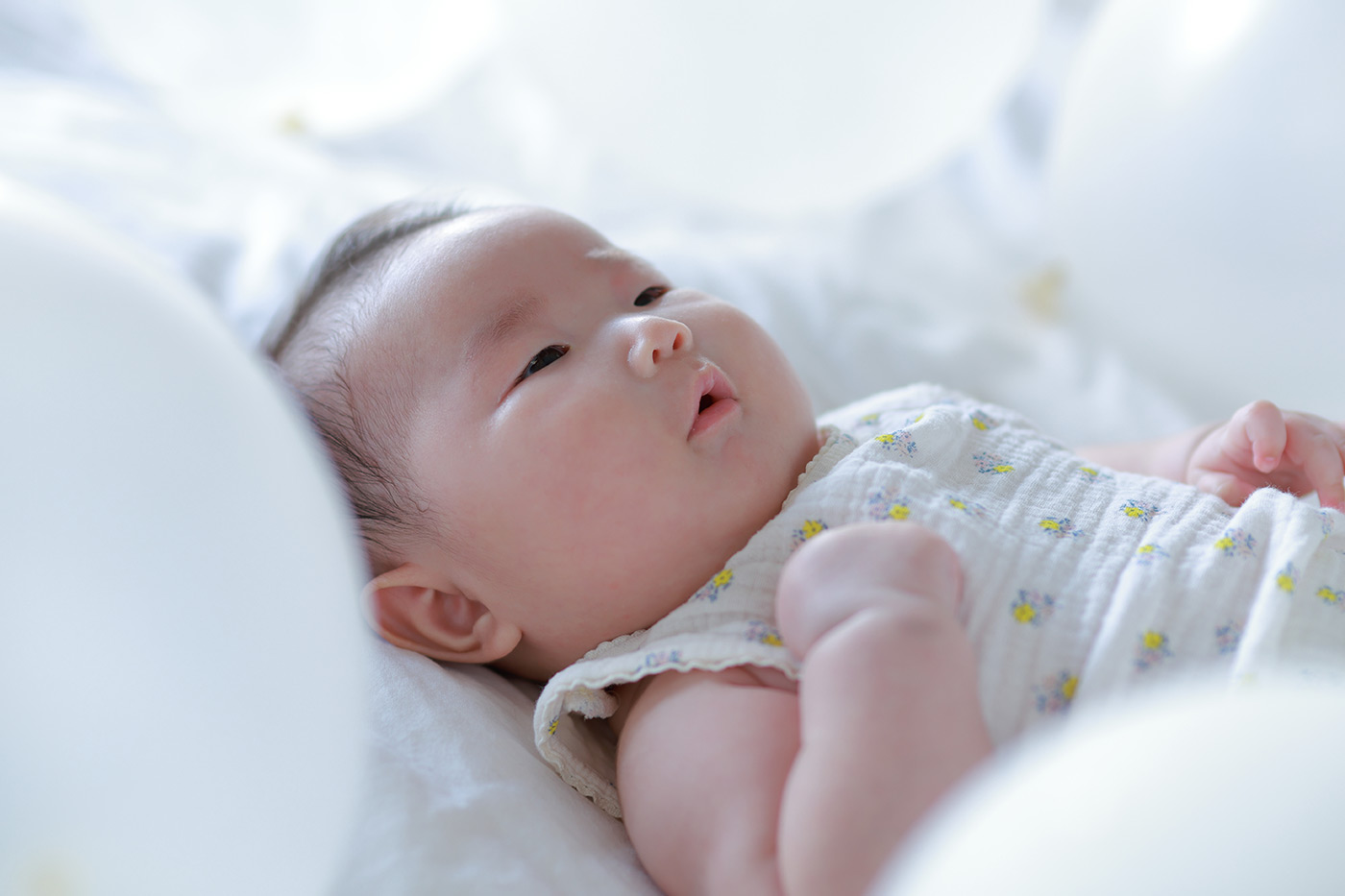
Sample with Canon RF 45mm f/1.2 STM Lens. Camera settings: 1/100 sec. f/2. ISO 100
How is the R6 Mark III Image Quality?
Canon has developed a new 32.5-megapixel full-frame CMOS sensor for the R6 Mark III, which works in tandem with the DIGIC X processor. Together, they deliver not just overall speed and responsiveness, but also handle image quality and autofocus, which we explore in more detail later.
With the higher-resolution sensor, users gain more flexibility to crop images while retaining plenty of detail, and the new sensor offers wide dynamic range with accurate colour and a broad native ISO range between 100 and 64,000. It also shoots at the same high speed as the previous model, despite the increase in resolution.
The DIGIC X processor drives fast data readout and includes Canon’s latest deep-learning autofocus algorithm, which is better at recognising and tracking subjects. The processor also supports improved buffer performance, with around 150 RAW frames in continuous shooting at up to 12fps using the mechanical shutter, or up to 40fps electronically with virtually no blackout.
This enables more than 12 seconds of continuous burst shooting with the mechanical shutter before the buffer slows you down, allowing you to capture the full sequence of action and select the most decisive moments.
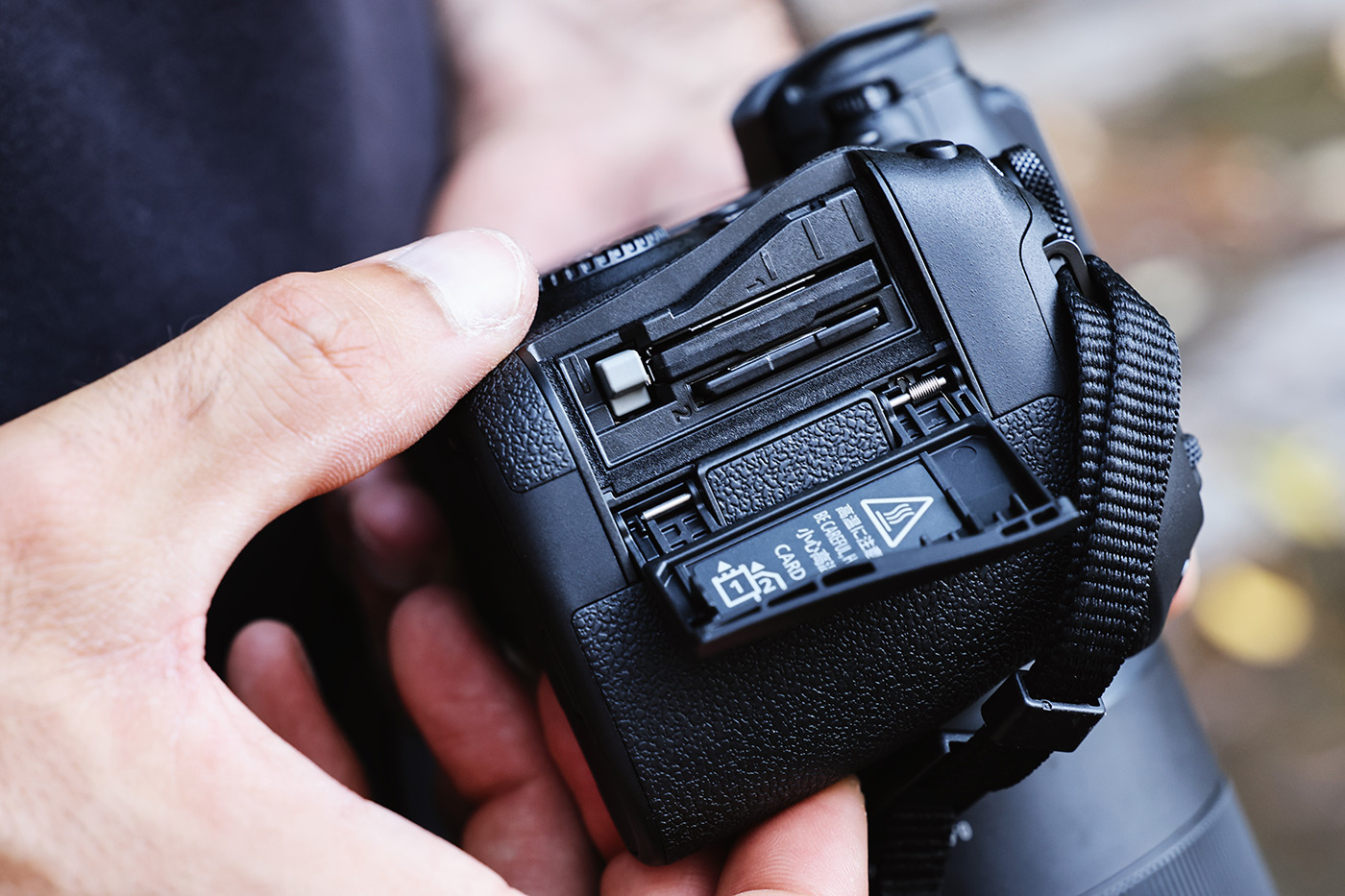
What are the video features?
Despite being a wide range body, the R6-series is well known for advanced video performance, and the Mark III takes this even further with significantly upgraded internal recording capabilities.
To begin with, this is the first EOS R mirrorless camera (and only the second Canon camera overall) to feature Open Gate recording, capturing the entire sensor area. This allows for simple reframing and cropping in post-production, catering to professionals as well as vloggers and content creators who publish across multiple platforms.
In addition to Open Gate recording, the R6 Mark III captures a variety of formats up to a maximum 7K RAW up to 60p. You can also capture oversampled 4K at up to 60p, 4K at up to 120p, and Full HD (2K) up to 180p for smooth slow motion.
Both of Canon’s highly regarded Clog2 and Clog3 profiles are available, as well as HDR PQ, which record wide dynamic range with versatile colour grading.
Let’s take a closer look at that new autofocus system next.
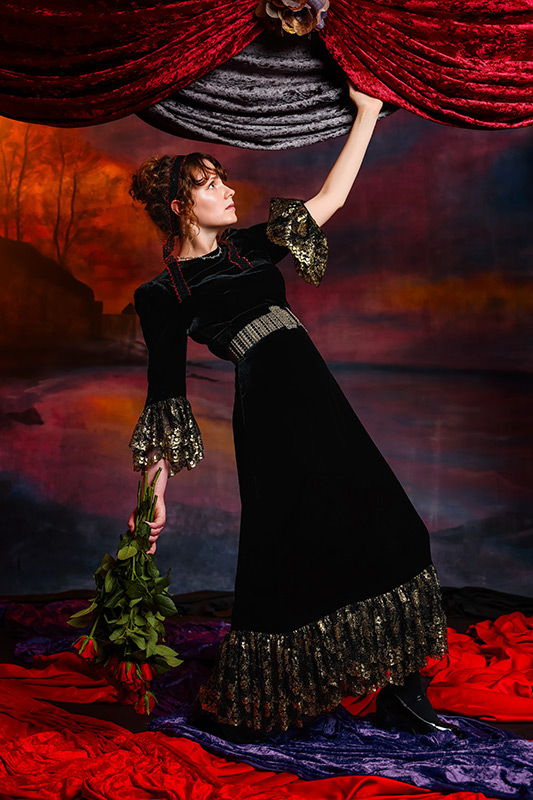
Sample image no EXIF data
Has the R6 Mark III Autofocus been updated?
An updated autofocus algorithm features the same Dual Pixel Intelligent AF inherited from the EOS R5 Mark II. This employs deep-learning subject recognition, which can detect Humans, Animals (Dogs, Cats, Birds and horses) or Vehicles (Racing cars or Motor bikes, Aircraft and Trains), with more reliable tracking even when subjects move unpredictably or momentarily leave the frame.
In low light, autofocus continues to operate down to -6.5 EV when used with an f/1.2 lens, enabling focus in near-dark conditions where visibility is limited, such as under a starry sky or at a moonlit location. The AF system definitely provides the confidence to tackle difficult situations, especially with advanced features available, such as Register People Priority AF.
Register People Priority lets you tell the camera who matters most in a scene, with space to store up to 100 faces and rank 10 of them as top priority. The camera automatically detects and tracks these in order, keeping your chosen subjects sharp and in focus.
Faces can be registered directly from existing images or files on the memory card, and priorities adjusted within the camera. It’s particularly useful for photographers covering events such as weddings, press calls or red carpets, where you want consistent focus on key individuals.

Is it easy to use?
The Canon EOS R6 Mark III has the same body to its predecessor, with a relatively light 699 g design. It of course features customisable main dials, includes Canon’s straightforward and easy-to-navigate menu system, and an intuitive button layout that will feel very familiar to existing Canon users.
The grip is deep for handheld shooting, providing a secure hold even when using longer lenses or accessories, and many owners report this as being one of the most comfortable handling cameras around. It is sealed against dust and moisture, although like all cameras it is not fully impervious to dust or water droplets.
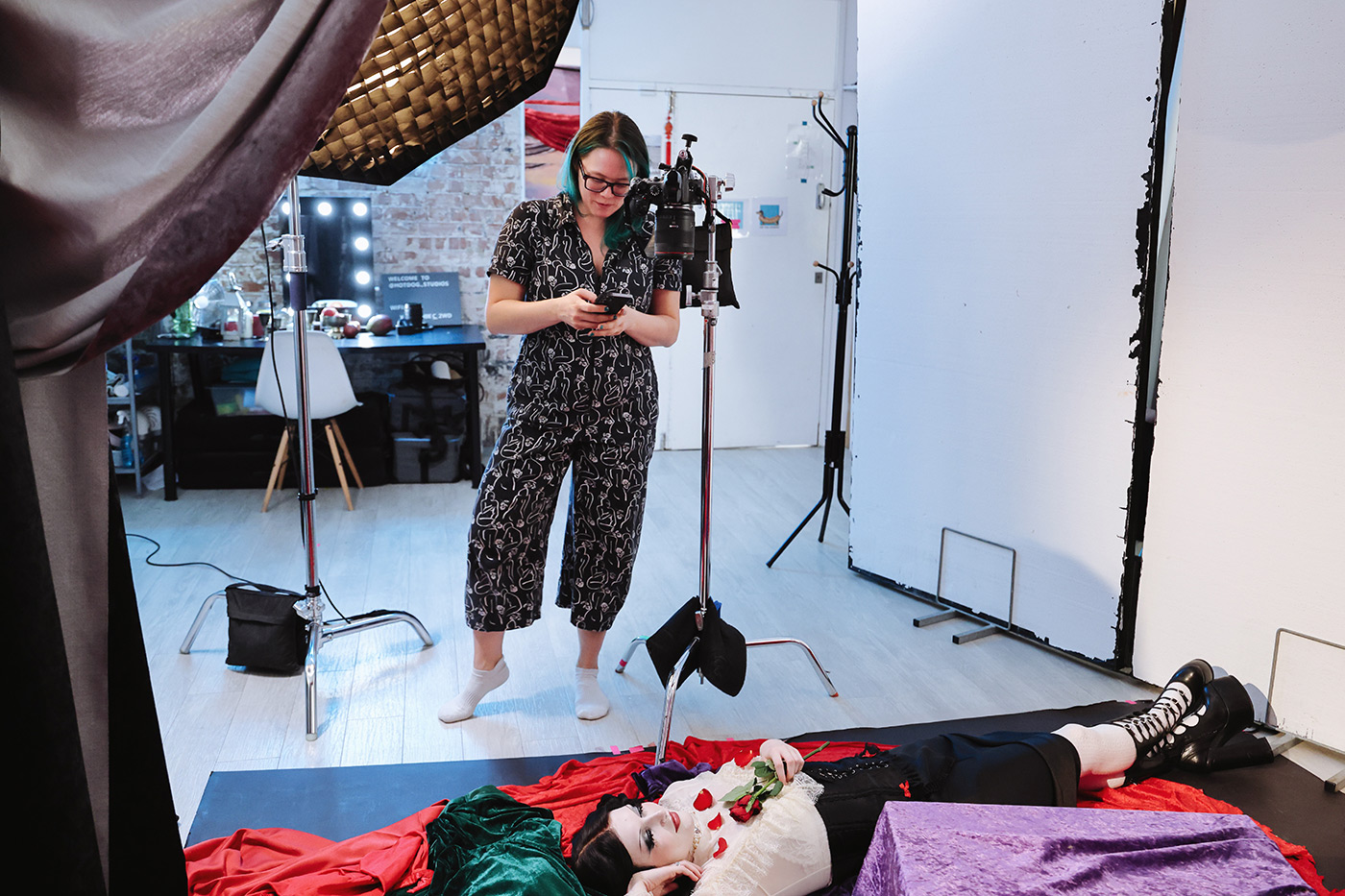
Connectivity, Battery and Accessories
Canon has expanded the connectivity options in the EOS R6 Mark III. The body now includes:
- SuperSpeed Plus USB 3.2 Gen 2 (Type-C)
- a full-size HDMI Type-A port
- headphone and microphone jacks
- Canon’s Multi-Function Shoe
The shoe supports digital accessories such as microphones and smartphone adapters. Wireless connectivity is upgraded, with dual-band Wi-Fi (2.4GHz and 5GHz) and Bluetooth 5.1, allowing fast file transfers, live streaming, and remote control via the Canon Camera Connect app.
The LP-E6P battery pack provides around 620 shots when using the LCD or around 390 with the electronic viewfinder, based on CIPA testing.
You can charge or power the camera via USB-C using Canon’s PD-E2 adapter, or extend runtime with the BG-R20 or BG-R20EP battery grips, which also improve handling for vertical shooting.
A wide range of accessories are supported, including Canon Speedlite flashes such as the EL-5 and EL-1, the GP-E2 GPS receiver, the DM-E1D digital stereo microphone, and EF-RF lens adapters. These expand the R6 Mark III’s versatility, whether shooting stills, video, or live content.
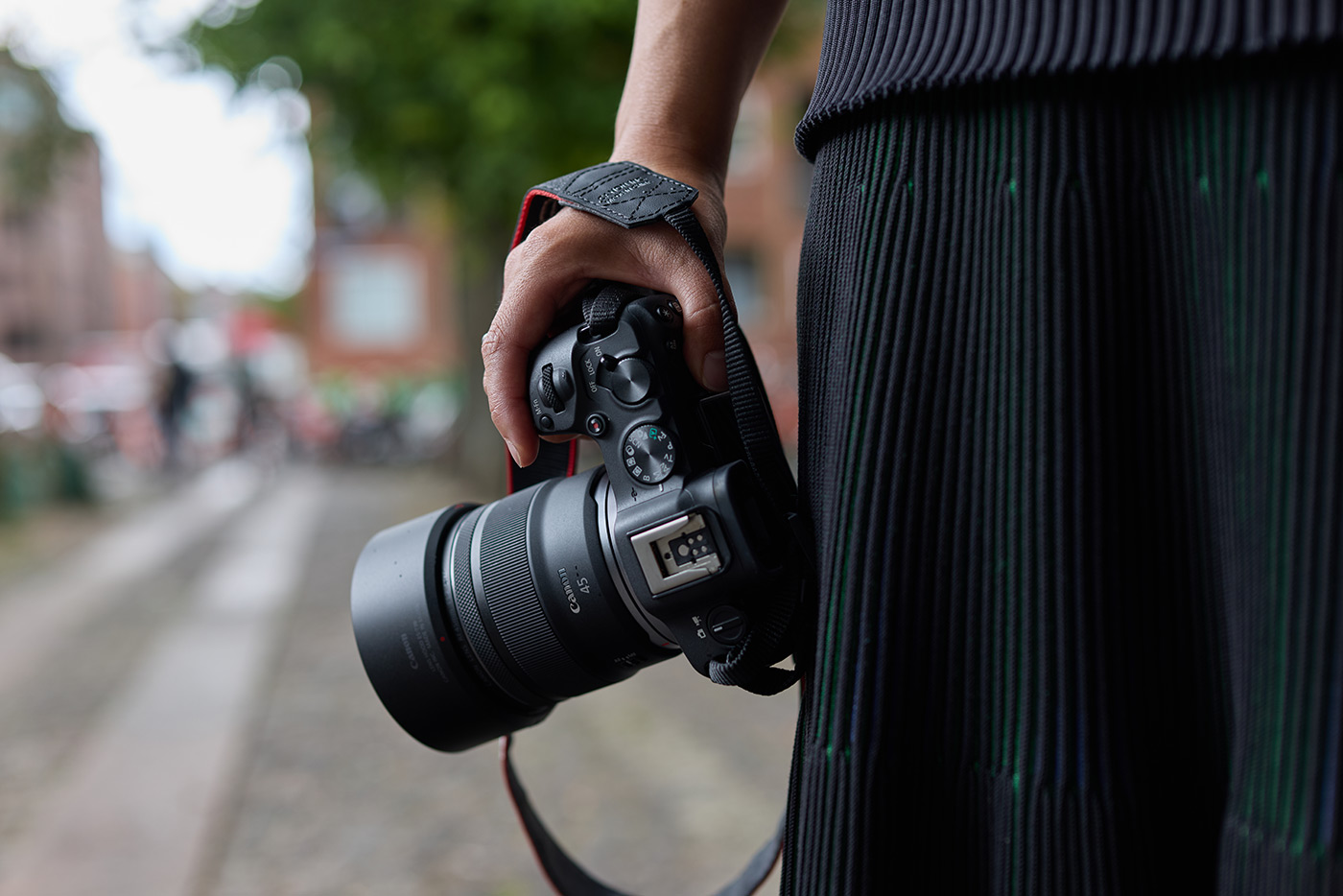
New Canon RF 45mm f/1.2 STM Lens
Canon’s RF 45mm f/1.2 STM Lens arrives alongside the camera, offering creators a fast, lightweight and new standard prime from the RF lineup. With its natural field of view and ultra-wide f/1.2 aperture, this lens delivers impressive subject separation, smooth bokeh and excellent low light performance.
Canon RF 45mm f/1.2 STM Lens Review | A Nifty Fifty Replacement? Video Review
It weighs just 346 g, and is Canon’s first f/1.2 autofocus lens to come in under 400g, so you can use it as an everyday walk-around option for portraits, lifestyle and video.
The optical design includes 9 elements in 7 groups with a precision-moulded aspherical element to ensure sharpness and reduced aberrations, while the 9-blade diaphragm helps produce rounded highlights.
Canon’s STM motor provides smooth, near-silent AF performance, which is suitable for both stills and video. As with the majority of RF mount lenses it also features a combined focus and control ring for intuitive operation, a metal mount, and it sports a compact 67 mm filter thread.
Although it is compact and lightweight, the RF 45mm f/1.2 STM benefits from Canon’s Super Spectra coating to suppress flare and ghosting, and supports in-body image stabilisation on compatible EOS R cameras for up to 8 stops of correction.
This is a great standalone lens and also makes a really nice kit option with the R6 Mark III. There are over 40 native RF mount lenses now so there’s plenty of choice catering to focal lengths and shooting styles.

Sample with Canon RF 45mm f/1.2 STM Lens. Camera settings: 1/100 sec. f/1.2. ISO 100
Who is the R6 Mark III for?
The Canon EOS R6 Mark III is a brilliant all rounder, which is aimed at photographers and hybrid creators who might be moving from a DSLR to mirrorless, or upgrading from an earlier mirrorless camera.
For DSLR users, the upgrade offers endless advantages such as autofocus speed, shooting performance and video, along with a slightly more compact shooting experience.
Owners of Canon’s earlier R6 series will also see considerable improvements, particularly in resolution, subject tracking and workflow. The new 32.5MP sensor provides greater cropping potential and more detail, while the larger buffer and battery management make it better suited for sports, wildlife and events.
For those moving to full-frame from an APS-C model such as the EOS R7 or R10, the R6 Mark III opens the door to the entire range of RF lenses, including Canon’s professional L-series options. The larger sensor also delivers good dynamic range and clean ISO performance, which makes a difference when shooting in low light or working with shallow depth of field.
Overall, this is a fantastic camera that caters to ambitious enthusiasts, working professionals and hobbyists who want to take their craft up a notch. While it may not have reinvented hybrid cameras, it continues to evolve in all of the right ways, offering a comprehensive solution to a wide audience.
Reserve your own Canon EOS R6 Mark III Mirrorless Camera Body today and discover just how capable this all-rounder is, and what it can do for your creativity. You can also browse our comprehensive lineup of Canon mirrorless cameras here, to find the perfect model to suit your style.
If you’re selling an older model in order to upgrade, try our fast and free trade-in service and see how much you can save off the price of this new hybrid system.
Share this post:
By Nick Dautlich on 06/11/2025
Nick Dautlich
Senior Content Writer and Product Reviewer
Nick Dautlich is the Senior Content Writer and Product Reviewer at Park Cameras, with over 15 years of photography experience. A Sony Imaging Professional and expert reviewer, Nick has worked with major brands such as Canon, Sony and Nikon. His work is also featured on Vanguard World UK’s website, Capture Landscapes, and Shutter Evolve. Nick’s photography includes National Trust projects and magazine covers and he is passionate about landscapes and storytelling. Nick also enjoys hiking and teaching his children about nature. Learn more on his profile page.
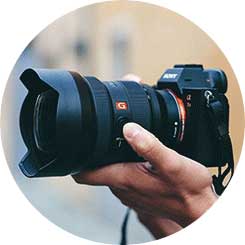
Trade in your old equipment
Fast and easy trade in service ensures your old gear is collected efficiently and you are paid quickly! It's very simple to trade in your unwanted photography gear. Just head over to our dedicated Sell or Part Exchange page, fill out the details, and we'll get back to you with an offer for your old gear. Take the cash, or put it towards the cost of your new gear. It's up to you! Find out more
sign up to the newsletter
Keep up to date on the latest photography news, events and offers. Sign up now